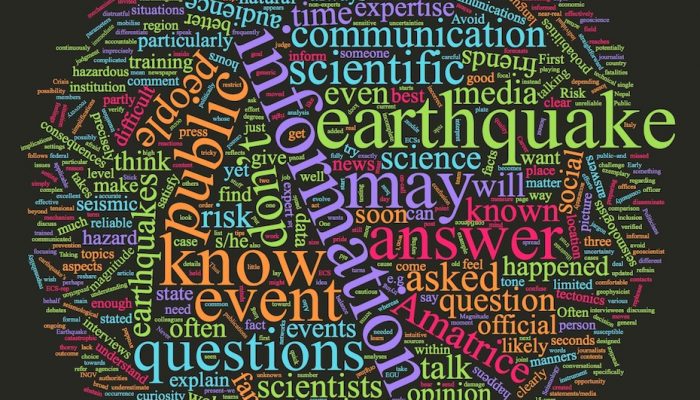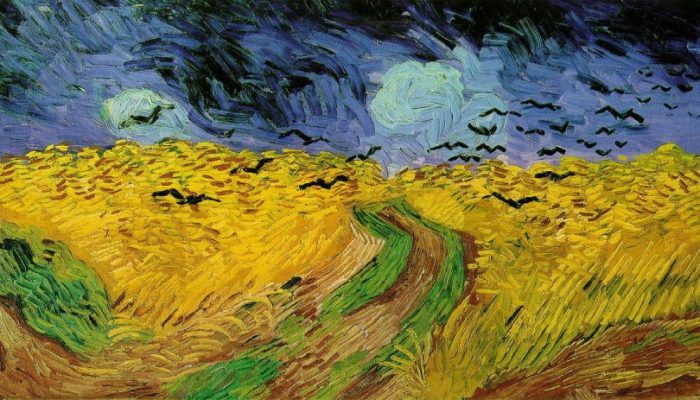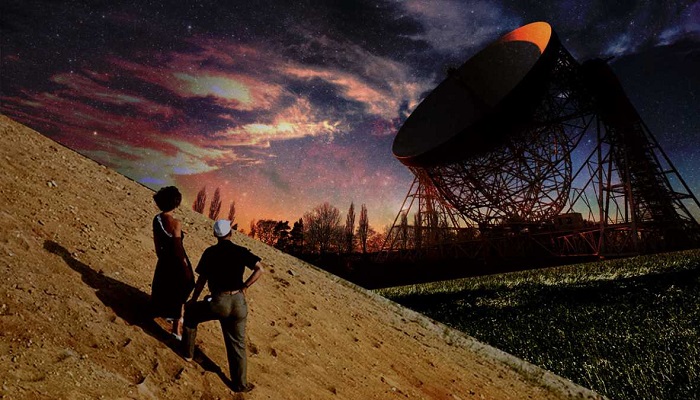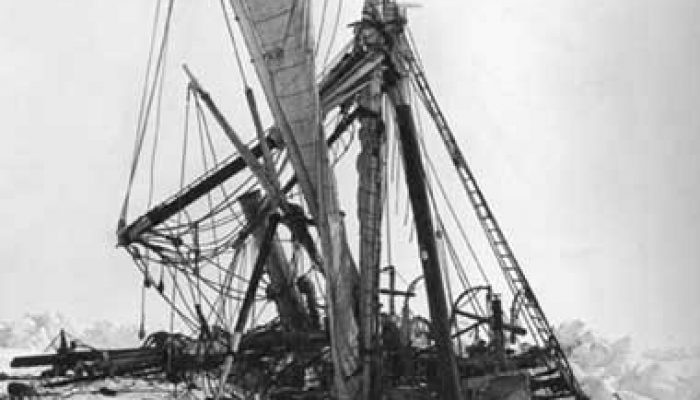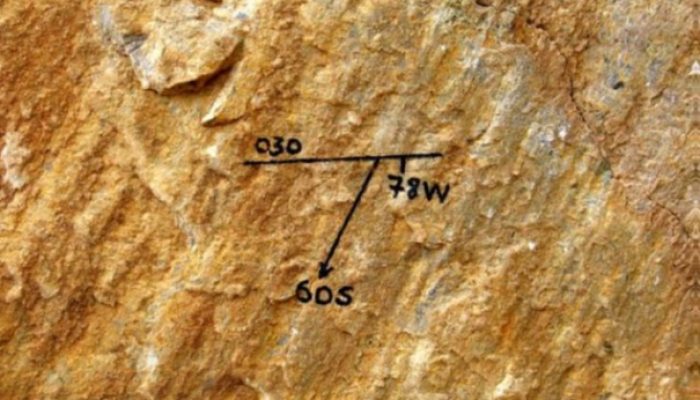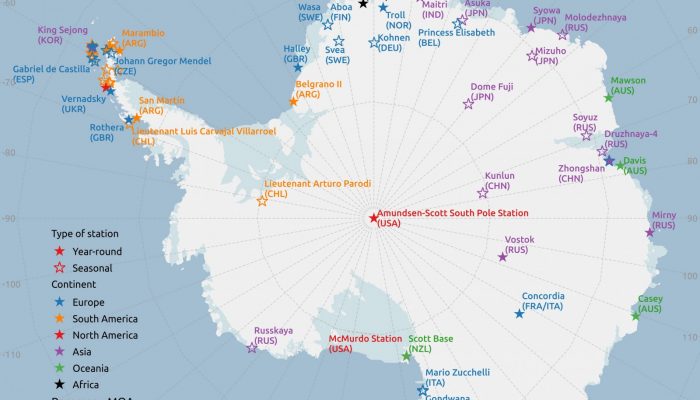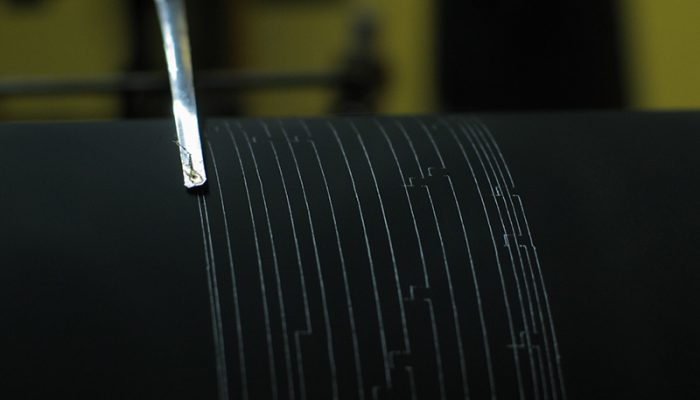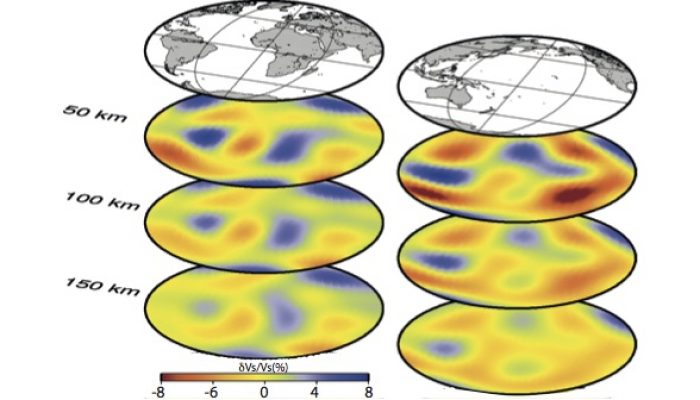When events such as the Aug 28 2016 Amatrice earthquake occur, we seismologists are asked to answer scientific questions and to give an immediate judgment of the situation. Such questions may be asked by media officers during formal interviews or by friends and family members in person or even on the social networks in informal settings (sometimes only a few seconds after the earthquake’s occurren ...[Read More]
Cryospheric Sciences
Image of the Week – The Journey of a Snowflake
You remember last winter, when everything was white and you had so much fun building a snowman with your friends? What you see on this image above, is what you would see, if you took a tiny tiny piece of your snowman and put it under a low-temperature scanning electron microscope (SEM). The colours are called “pseudo colours”, they are computer generated based on the number of electron ...[Read More]
Earth and Space Science Informatics
Boon of big data for geoscience investigations
The amount of digital data per person is rising with a geometric progression since 2009. According to the latest report of Oyster IMS, the digital universe will grow by a factor of 300 between 2005 and 2020: from 130 Exabytes to 40,000 Exabytes, or 40 trillion gigabytes (more than 5,200 gigabytes for every person in 2020). Earth sciences is one of the domains where huge volumes of data are collect ...[Read More]
Soil System Sciences
(Sicilian farmers look) Back to the future
Sicilian farmers are returning to cultivate ancient seed. This is to recover the ancient wisdom that feed the island and Italy since ancient times. Giuseppe Li Rosi is a local farmer and one of the strongest supporters of the return to traditional agriculture. He has converted a property of 100 hectares to traditional farming and proudly guards three local seed varieties (“Timilia”, “Maiorca” and ...[Read More]
Atmospheric Sciences
Science Communication – Brexit, Climate Change and the Bluedot Festival
Earlier this summer journalists, broadcasters, writers and scientists gathered in Manchester, UK for the Third European Conference of Science Journalists (ECSJ) arranged by two prestigious organisations. Firstly, the Association of British Science Writers (ABSW) who provides support to those who write about science and technology in the UK through debates, events and awards. Secondly the European ...[Read More]
Cryospheric Sciences
Image of The Week – 100 years of Endurance!
The 30th August 2016 marks 100 years since the successful rescue of all (human) member of Shackleton’s Endurance crew from their temporary camp on Elephant Island (see map). Nearly a year prior to their rescue they were forced to abandon their ship – The Endurance – after it became stuck in thick drifting sea ice, known as pack ice, trying to navigate the Weddell Sea. It was the last major e ...[Read More]
Tectonics and Structural Geology
Features from the field: Slickenside Lineations
In this Tectonics and Structural Geology blog we will use different categories for our blog-posts. The first category we present to you is all about field geology: “Features from the field”. One of our bloggers, Mehmet Köküm, spends a lot of time in the field for his PhD and will share some of the features used in structural geology with us. This edition of ‘Features of the Field’ will be all abou ...[Read More]
Cryospheric Sciences
Image of the Week — Where do people stay in the “coolest” place on earth?
What word would you use to characterise the Antarctic ? White? Windy? Remote? Empty? Inhospitable? Wild? Preserved? While all of these are true it may surprise you to find out that the Antarctic is occupied by humans all year round with almost half of its 82 research stations operating 365.25 days a year! Just a few hours before the launch of the biennial Antarctic meeting held by the Science Comm ...[Read More]
Seismology
A seismologist on vacation
Beginning of this month, I was travelling to Germany to visit family and friends. One week out of the office, without interpreting wiggles or creating synthetic seismograms. But I bet that most of you know that vacation from science does not really exist, especially if an awesome opportunity comes along… What do seismologists do during their vacation? I was visiting a friend in Göttingen. Ma ...[Read More]
Seismology
Paper of the Month — Mapping the upper mantle
“MAPPING THE UPPER MANTLE: THREE-DIMENSIONAL MODELING OF EARTH STRUCTURE BY INVERSION OF SEISMIC WAVEFORMS” (Woodhouse & Dziewonski,1984) commented by Andrew Valentine. Here we are again with our Paper of the Month (PoM) series! Our guest writer is Andrew Valentine, who has chosen to comment one of the landmark papers in global seismic imaging: “Mapping the upper mantle: Thre ...[Read More]

